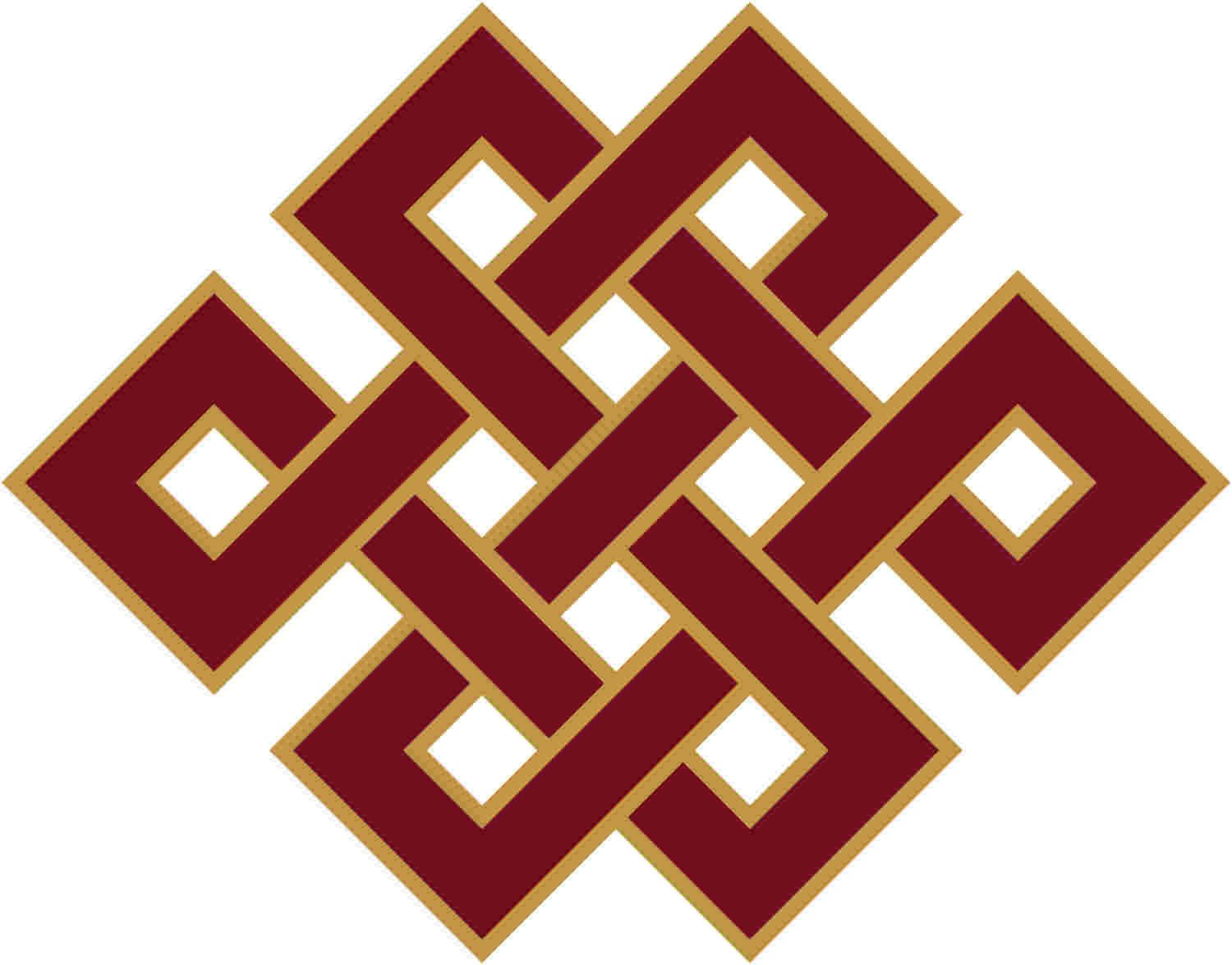Full Moon Names
Ancient civilizations and indigenous peoples created the names of the full moon names of the year, they attributed moon names and mystical connotations that, over time, came to be adopted by virtually all cultures.
Historically, the Native American and other traditional names for full or new Moons were used to track the seasons. The Moon names that they use in The Old Farmer’s Almanac come from Native American, Colonial American, or other traditional North American sources passed down from generation to generations.
Please note that for Native American names, each Moon name was typically applied to the entire lunar month in which it occurred, the month starting either with the new Moon or full Moon. Additionally, a name for the lunar month might vary each year or between bands or other groups within the same nation.
Some names listed here may reflect usage at one time in history, but may no longer be used by a designated group today. Many of the names listed here are English interpretations of the words used in Native American languages. They are only roughly aligned here with the months of the Gregorian calendar.
JANUARY – WOLF MOON |
|---|
| The howling of wolves was often heard at this time of year. It was traditionally thought that wolves howled due to hunger, but we now know that wolves use howls to define territory, locate pack members, reinforce social bonds, and gather for hunting. It is possible that European settlers may have used the term “Wolf Moon” even before they came to North America.Another name for this time period was the Center Moon, from the Assiniboine people, because it was the middle of the winter season. The Cree names of Cold Moon and Frost Exploding Moon refer to the frigid temperatures of this season, as does the Algonquin name of Freeze Up Moon. The Dakota names of Severe Moon and Hard Moon refer to the extreme cold and hard times of this season, as well as the fact that the snow sometimes develops a hard crust. Alternative names for this time include Canada Goose Moon (Tlingit), Great Moon (Cree), Greetings Moon (Western Abenaki), and Spirit Moon (Ojibwe). Alternative full moon names in January:• Canada Goose Moon |
FEBRUARY – SNOW MOON |
| In the 1760s, Captain Jonathan Carver, who had visited the Naudowessie (Dakota) and others, wrote that the name used for this period was the Snow Moon, “because more snow commonly falls during this month than any other in the winter”. The Cree called this the Bald Eagle Moon or Eagle Moon. Bear Moon (Ojibwe) and Black Bear Moon (Tlingit) refer to the time when bear cubs are born. The Dakota called this the Raccoon Moon, and certain Algonquin peoples named it the Groundhog Moon. The Haida named it Goose Moon. The Cherokee names of “Month of the Bony Moon” and “Hungry Moon” give evidence to the fact that food was hard to come by at this time. Alternative full moon names in February:• Bald Eagle Moon |
MARCH – WORM MOON |
| This name is traditionally thought to refer to the earthworms that appear as the soil warms in spring. Alternatively, during his travels in the 1760s, Captain Jonathan Carver wrote that this Moon name refers to a different sort of “worm”—larvae—which emerge from the bark of trees and other winter hideouts. Although some Cree groups used the term Eagle Moon to describe the time around February, others used this term for the Moon cycle closer to spring. The Northern Ojibwe called this Crow Comes Back Moon. The term Goose Moon was used among Algonquin and Cree peoples. Snow Crust Moon was an Anishinaabe term. Sore Eyes Moon is a Dakota, Lakota, and Assiniboine term referring to the blinding rays of the sun on snow. Sugar Moon (Ojibwe) is the time when maple sap runs. Wind Strong Moon (Pueblo) refers to the strong windy days that come at this time of year. Alternative full moon names in March:• Crow Comes Back Moon |
APRIL – PINK MOON |
| This Moon heralded the appearance of the “moss pink” (Phlox subulata), also called wild ground phlox or creeping phlox—one of the first spring wildflowers.With spring thaws come the Algonquin Breaking Ice Moon and the Dakota Moon When the Streams are Again Navigable. When spring growth appears, so does the Budding Moon of Plants and Shrubs (Tlingit) and Moon of the Red Grass Appearing (Oglala). Animals returning to the area inspired the Lakota name Moon When the Ducks Come Back. Certain Dakota peoples chose the name Moon When the Geese Lay Eggs. Other names are Broken Snowshoe Moon (Anishinaabe), Frog Moon (Cree), and Sugar Maker Moon (Western Abenaki). Appearing either in April or May, Sucker Moon (Anishinaabe) refers to a time to harvest sucker fish, which return to streams or lake shallows to spawn. According to legend, now is the time when this fish comes back from the spirit world to purify bodies of water and the creatures living in them. (This name may also be applied to the February Moon, to honor the sacrifice of the sucker fish in order to feed the Anishinaabe peoples, helping them to survive the winter). Alternative full moon names in April:• Breaking Ice Moon |
MAY – FLOWER MOON |
| The appearance of flowers in abundance inspired the name for this Moon, a term used by Algonquin and Ojibwe peoples.Similarly, the Cree names of Budding Moon and Leaf Budding Moon celebrate the awakening of plant life. Egg Laying Moon and Frog Moon are other Cree terms for this period. Moon of the Shedding Ponies is an Oglala term. Planting Moon (Dakota, Lakota) marks the time to plant seeds and start the year’s crops. Alternative full moon names in May:• Budding Moon |
JUNE – STRAWBERRY MOON |
| Used by the Algonquin, Ojibwe, Dakota, and Lakota peoples, among others, this name came about because ripe strawberries were ready to be gathered at this time. Similarly, Berries Ripen Moon is a Haida term. Blooming Moon (Anishinaabe) is indicative of the flowering season. The time for tending crops is indicated by Green Corn Moon (Cherokee) and Hoer Moon (Western Abenaki). Eighteenth-century Captain Jonathan Carver wrote that Native Americans whom he had visited used the term Hot Moon. The Tlingit used the term Birth Moon, referring to the time when certain animals are born in their region. Egg Laying Moon and Hatching Moon are Cree terms for this period. Alternative full moon names in June:• Berries Ripen Moon |
JULY – BUCK MOON |
| At this time, the antlers of bucks (male deer) are in full growth mode. This Native American name was noted by Captain Jonathan Carver during his travels in the 1760s. Other animal-related names include Feather Moulting Moon (Cree) and Salmon Moon, a Tlingit term indicating when fish returned to the area and were harvested. As far as the plant world, there was Berry Moon (Anishinaabe), Moon When the Chokecherries are Ripe (Dakota), Month of the Ripe Corn Moon (Cherokee), and Raspberry Moon (Algonquin, Ojibwe), among others. Thunder Moon (Western Abenaki) and Halfway Summer Moon (Anishinaabe) are other variants. Alternative full moon names in July:• Berry Moon |
AUGUST – STURGEON MOON |
| Lake sturgeon, found in the Great Lakes and Lake Champlain, as well as in several rivers, were once much more abundant. These large (some more than 6 feet long!) migratory fish were an important staple for Native American peoples living in the area. Captain Jonathan Carver came across this term for the lunar month during his travels in the 1760s.Flying Up Moon is a Cree term describing the time when young birds are ready to fly. Corn Moon (Algonquin, Ojibwe), Harvest Moon (Dakota), and Ricing Moon (Anishinaabe) signify the time to gather mature crops. The Assiniboine people named this period Black Cherries Moon, referring to when chokecherries were ripe. The Tlingit called this time of season the Mountain Shadows Moon. Alternative full moon names in August:• Black Cherries Moon |
SEPTEMBER – CORN MOON |
| Corn was ready to harvest at this time. In the 1760s, Captain Jonathan Carver came across this Native American term during his travels. Similarly, the Western Abenaki called this the Corn Maker Moon, and the Dakota, the Corn Harvest Moon. Harvest Moon may refer to the full Moon closest to the September equinox, which is the tradition that The Old Farmer’s Almanac follows. However, this name was also used by the Algonquin to mark the lunar month in which many crops were ready for gathering. Read more about the Harvest Moon. Moon When Rice is Laid Up to Dry (Dakota) refers to the time of harvesting and processing rice. Autumn Moon (Cree), Falling Leaves Moon (Ojibwe), Leaves Turning Moon (Anishinaabe), Moon of Brown Leaves (Lakota), and Yellow Leaf Moon (Assiniboine) all speak to the leaf-changing season. Child Moon (Tlingit) occrus when young animals are weaned. Mating Moon and Rutting Moon are Cree terms that describe the time when certain animals, such as moose, are ready to mate. Alternative full moon names in September:• Autumn Moon |
OCTOBER – HUNTER’S MOON |
| This is the month when game is fattening up for winter. Now is the time for hunting and laying in a store of provisions for the long months ahead. Drying Rice Moon (Dakota) describes the next process in preparing rice for winter. Falling Leaves Moon is an Anishinaabe term. Freezing Moon (Ojibwe) and Ice Moon (Haida) refer to the increasingly cold temperatures of this period. Migrating Moon (Cree) refers to the time when birds begin to fly south. Alternative full moon names in October:• Drying Rice Moon |
NOVEMBER – BEAVER MOON |
| This was the time when beavers finished preparations for winter and retreated into their lodges. In the 1760s, Captain Jonathan Carver heard this Native American term during his travels.Also in the realm of animals, Deer Rutting Moon (Dakota, Lakota) refers to the mating season. Digging/Scratching Moon is a Tlingit term for when bears dig their winter dens. Whitefish Moon (Algonquin) describes the spawning time for this fish. As cold temperatures deepen, the terms Frost Moon (Cree, Assiniboine) and Freezing Moon (Anishinaabe) were also used. Alternative full moon names in November:• Deer Rutting Moon |
DECEMBER – COLD MOON |
| A name used by the Mohawk people, this Moon occurs when winter cold fastens its grip. Other names that allude to the cold and snow include Drift Clearing Moon (Cree), Frost Exploding Trees Moon (Cree), Moon of the Popping Trees (Oglala), Hoar Frost Moon (Cree), Snow Moon (Haida, Cherokee), and Winter Maker Moon (Western Abenaki). Long Night Moon is a Mohican term; Mid-Winter Moon, Lakota and Northern Ojibwe. Other names include Moon When the Deer Shed Their [Antlers] (Dakota) and Little Spirit Moon (Anishinaabe). Alternative full moon names in December:• Drift Clearing Moon |
Photo source for illustration: Wikimedia Commons



